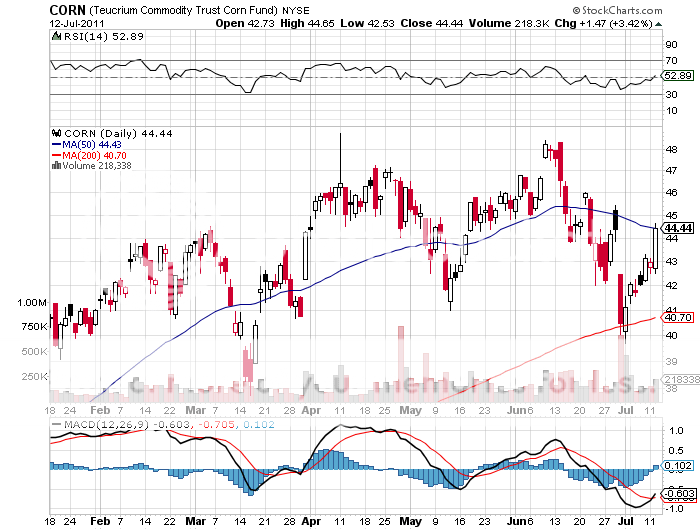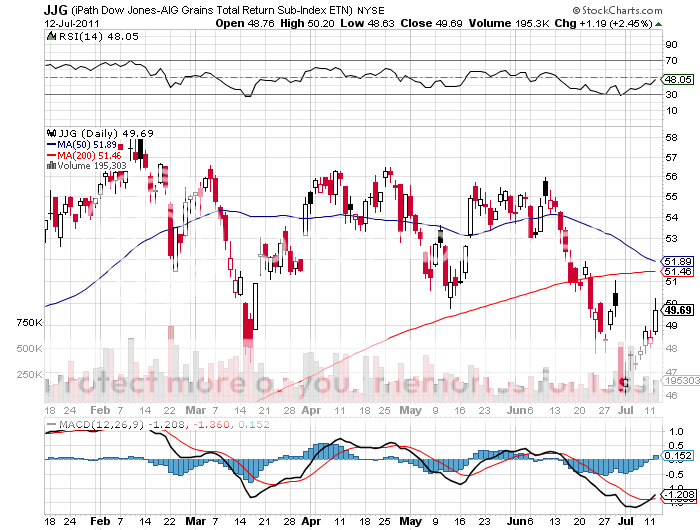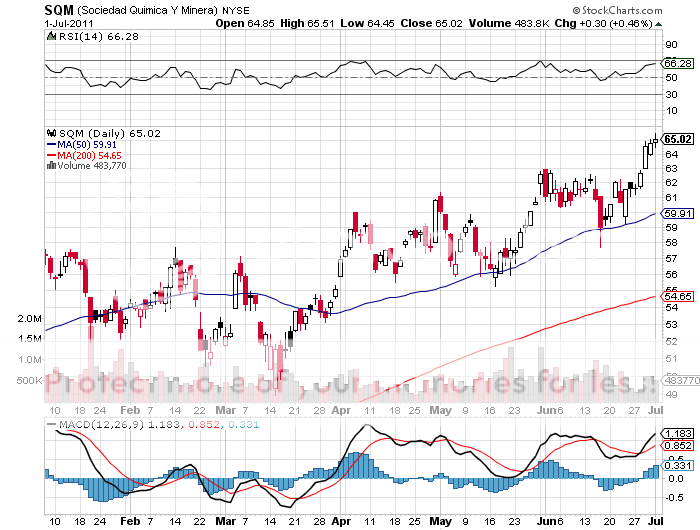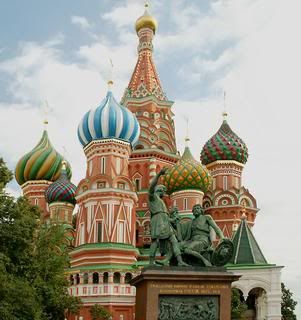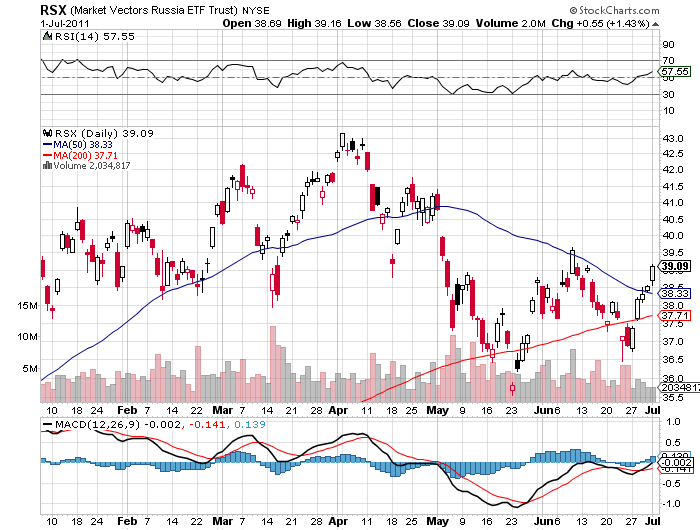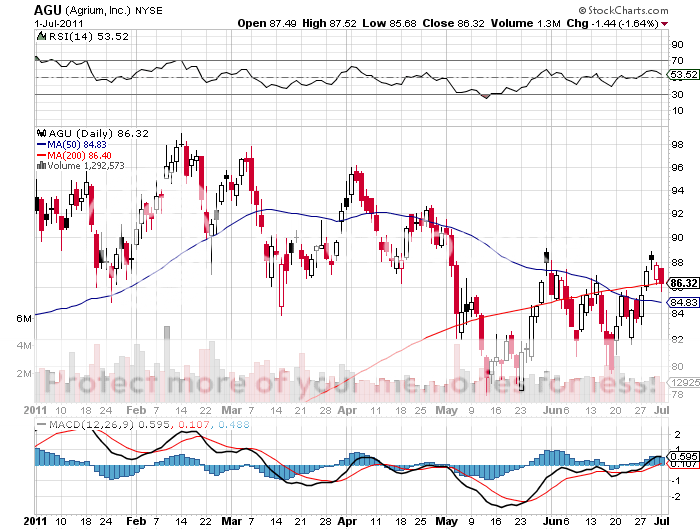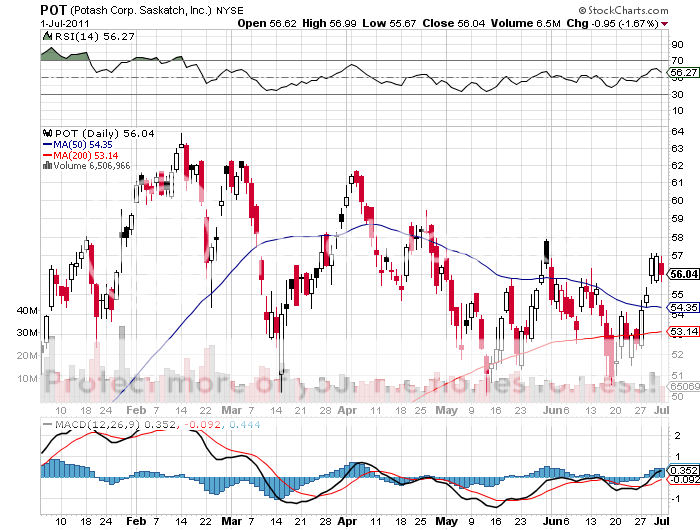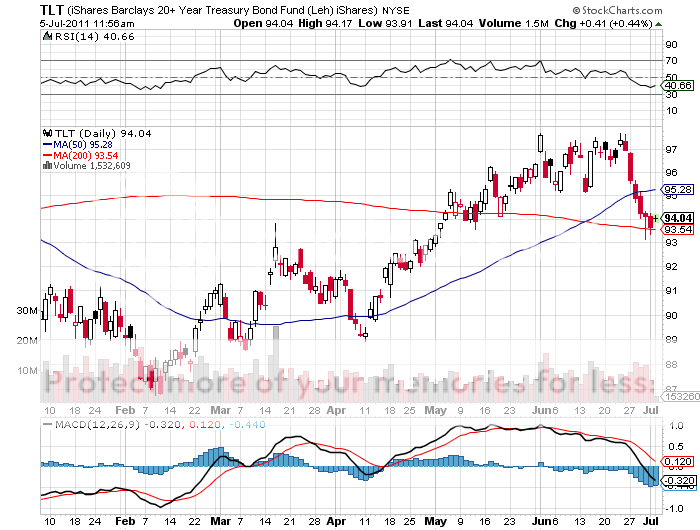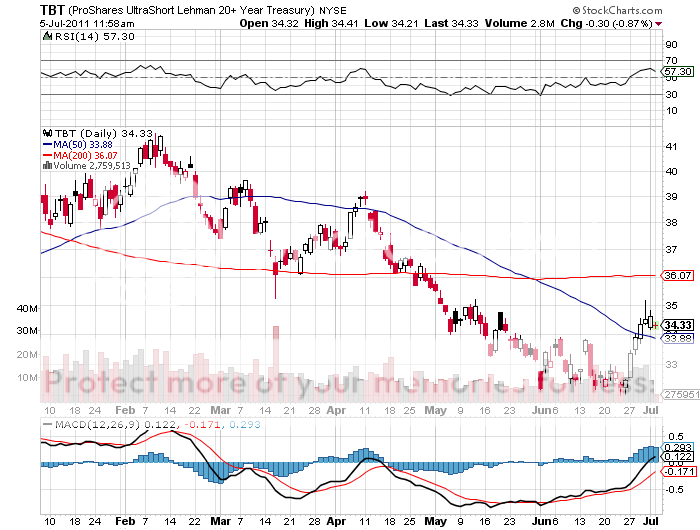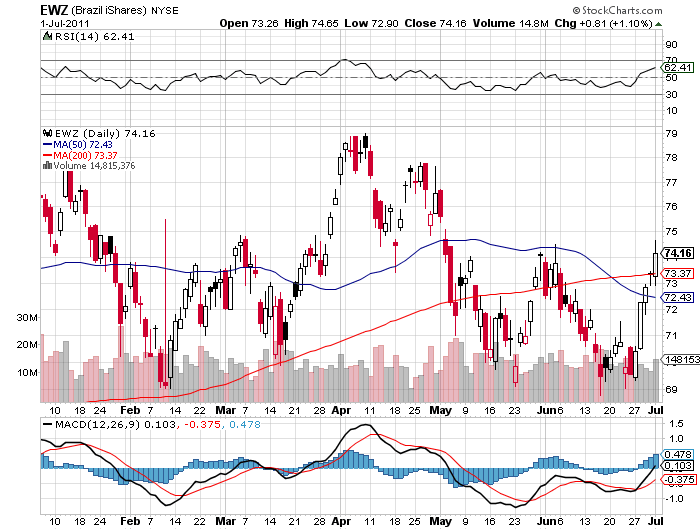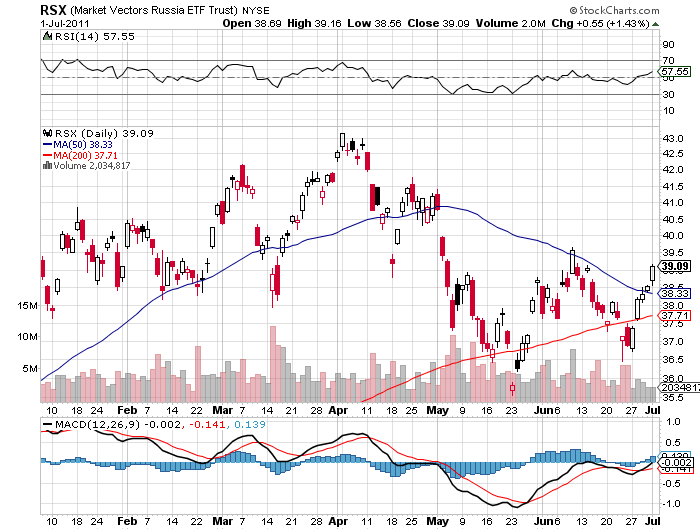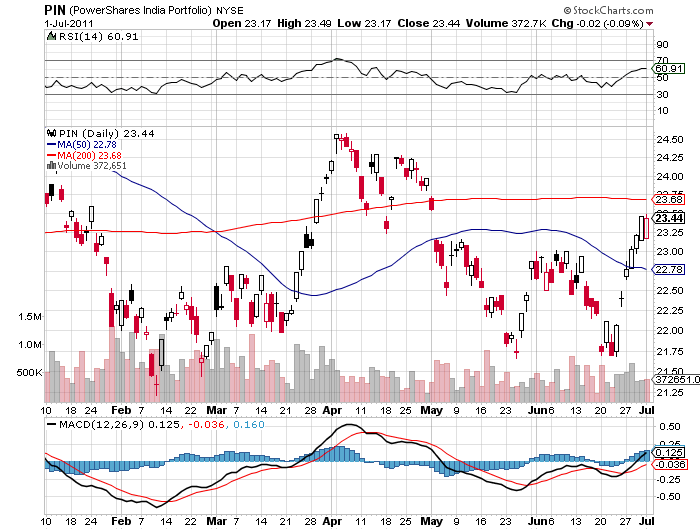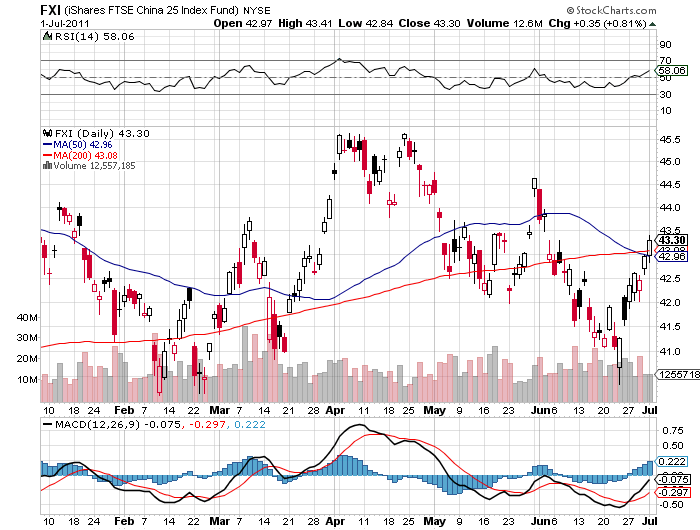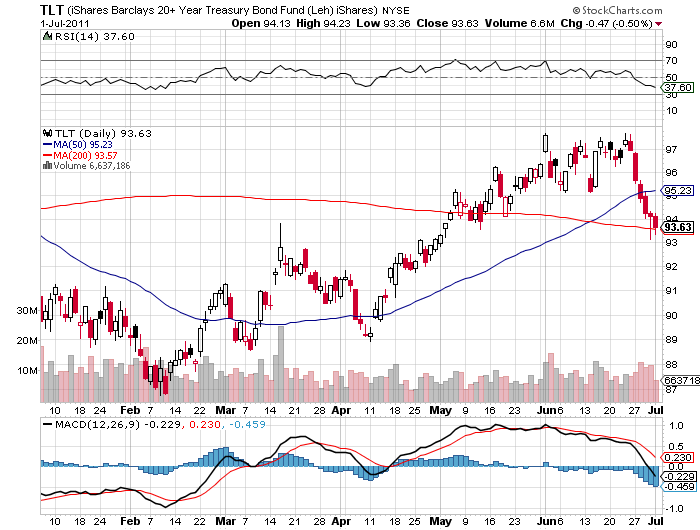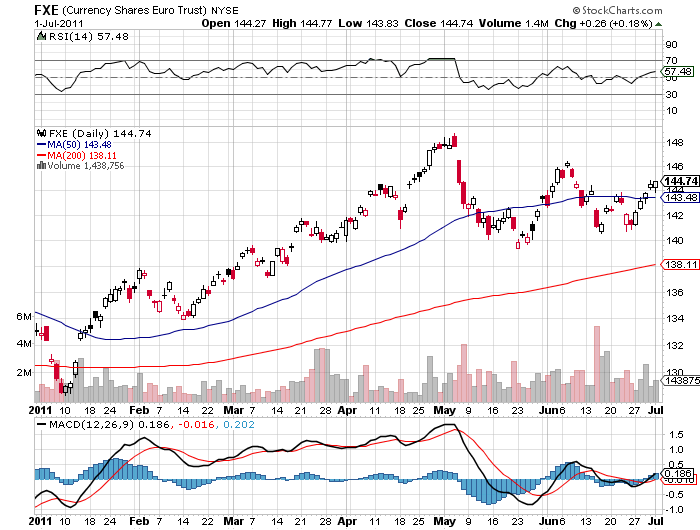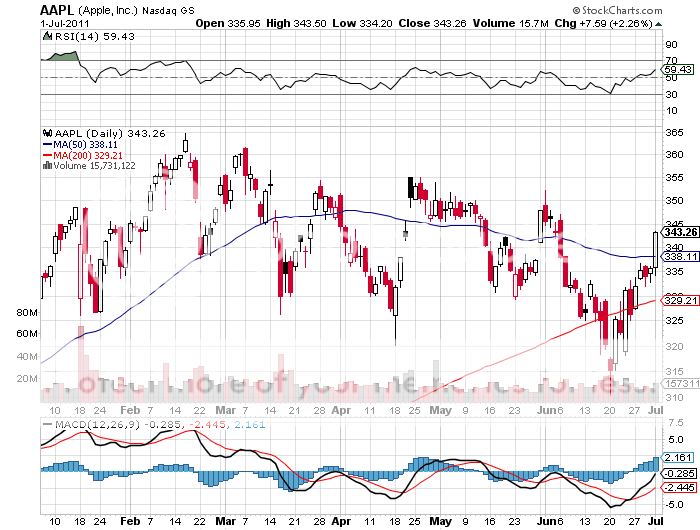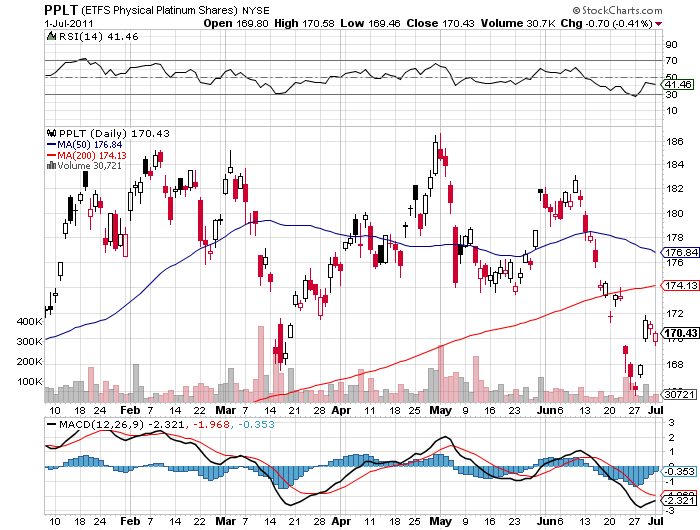
Featured Trades: (CHINA'S GREAT GRAIN ROBBERY), (CORN), (JJG)
2) China's Great Grain Robbery. The Chinese are nothing if not opportunistic. You may recall that a shocking increase in this year's corn crop predicted by the US Department of Agriculture triggered a series of limit down moves in the grain markets only 12 days ago (click here for 'The Great Grain Massacre'). The corn ETF (CORN) was down by a gut churning 13.2% by the time the crying was over, while the grain ETF (JJG) was off by 9.8%. Despite terrible weather and soil conditions, farmers planted anyway, leading to a 1.52 million bushel increase in the forecast crop.
Last week, The Chinese came in and bought over 500,000 bushels, some one third of the surprise excess, and more than they buy in a normal year. Indications are that the buying may continue, with senior Chinese government officials openly doubting the veracity of the USDA figures.
All I can say is 'Great Trade'. The Middle Kingdom is no doubt driven by serious draughts in the western part of the country which has forced them to become a major importer for the first time in years.
I believe that there is something much bigger going on here. I refer you to the piece I sent you last week, 'The Bull Market in Food is Only Just Starting' (click here). The improving Chinese diet is starting to take a big bite out of the global grain market, with the total number of calories per person nearly doubling over the past two decades. Expect this to continue for the rest of your investment lifetime. The moral here is to use any serious dips in the ag space to pick up exposure to this sector.
-
-

Featured Trades: (THE COOLING MARKET FOR HEDGE FUND TRADERS)
1) The Cooling Market for Hedge Fund Traders. The tide is suddenly heading out to sea for aspiring hedge fund traders. Ilana Weinstein of the IDW Group, which specializes in hedge fund recruitment, says that the new financial regulation bill has fundamentally changed the supply and demand balance for hedge fund managers.
Star traders at major investment banks with great track records used to be able to pick and choose among the large funds bidding for their services. Now there is a torrent of talent pouring into the marketplace fleeing the onerous restrictions of the Dodd-Frank, pay caps, greater disclosure, and more scrutiny from the SEC. Low trading volumes have caused the banks to scale back from a first half hiring binge.
Hedge funds, whose own recruiting is driven more by capital flows, have also crimped new hiring, their own modest first half returns keeping new investors at bay. With short interest rates near zero, and the yield curve flattening beyond all recognition, the double digit returns of yesteryear are but distant memories. Instead, many hot shots are heading out on their own, setting up new boutique firms with substantially smaller amounts of capital.
Could we be setting up for a bonus draught like the one we saw in 2008?
Featured Trades: (THE SKINNY ON LITHIUM)
2) The Skinny on Lithium. Long time readers of this letter know that I have been a bull on lithium plays, my pick in the sector, Chile's Sociedad Quimica Y Minera (SQM), bringing in a handy 440% pop off the lows in 2009. You couldn't lose, because if the car battery boom faded, they always had a great fertilizer business to fall back on.
Since I'm in a report reading mood, I thought I would sit back in my Aeron office chair, put my feet up on my polished beech desk, and plow through the numerous submissions forwarded to me by readers who attended the first 'Lithium Supply and Markets Conference' in Santiago, Chile.
The bad news is that a truly economic, price competitive lithium battery is still some ways off. Prices for lithium-ion batteries for hybrid electric vehicles (HEV) need to drop by 50% and those for plug-in hybrid electric vehicles (PHEV) by 67%-80% in order to compete on a level playing field with carbon based fuels.
Gasoline has 64 times more energy per unit of weight than lithium batteries, but this advantage is partially offset by electric motors that are four times more efficient than conventional piston engines. Lighter weight cars and other design improvements, like recapturing power when braking, shrink the lead further.
Dr. Steven Chu's Department of Energy is pouring money into research on an amazingly wide front, and strides are being made with different electrodes (silver, sulfur, manganese), leading to rapid advances in inorganic chemistry. The challenges are formidable, with overcharged large lithium ion batteries prone to explode or catch on fire, or internally or externally short circuit.
The conservative big car companies, Toyota and Honda, have stuck with proven nickel metal hydride batteries offering half the power per weight, and are understandably reluctant to make the needed multibillion dollar investments until more is known about the long term life of lithium batteries.
Another wrinkle is that Bolivia, the Saudi Arabia of lithium salt reserves, has effectively nationalized the industry before it got off the ground, limiting its investment in development to $350 million. As the production of EV's, HEV's, and PHEV's is expected to ramp up to 5 million vehicles a year by 2020, this could be a problem.
Many in the industry expect that lithium prices will not be driven by demand from car makers, but by the price of oil. Take crude up to $150 again, and all of a sudden, everything works.
The intelligent way to approach the industry now is to invest in low cost producers of proven battery technology, like Enersys (ENS), Exide Technologies (XIDE), C&D Technologies (CHP), and ZBB Energy (ZBB). Leave the pie in the sky stuff for later.
Unlike past battery car movements, this one is not going to end up crushed in a junkyard. I'll let you know how my lithium battery powered all electric (EV) Nissan Leaf works out, which I just took delivery of last week.
Featured Trades: (BUY RUSSIA, BUT YOU MAY WANT TO TAKE A SHOWER), (RSX)
2)Buy Russia, But You May Want to Take a Shower.? If you wonder why I recommend a shower after investing in Russia, Bill Browder will give you the reasons at length on his YouTube video (click here for the link). Bill is the founder and CEO of Hermitage Capital Management, one of the firms that pioneered equity investment in the former Soviet Union in the nineties.
After a decade of pursing a campaign of activist investing that brought major changes in corporate governance in big companies like Gazprom (OGZPF.PK) (click here for the link at http://www.gazprom.com/ ) and Sberbank (SBRPF.PK), a mafia connected government struck back with a vengeance. It deported Browder in 2005, arrested his lawyer, and pressured him to provide false testimony against his boss, which he refused. A year later, the man died in prison from 'natural causes.'
The Russian government then seized Browder's operating companies, but fortunately for investors, not before he was able to sell off $4.5 billion in holdings and spirit the funds out of the country.
Browder, who is of Russian descent, and whose grandfather was chairman of the American Communist Party, says his case is but the tip of the iceberg. Major multinationals like Shell, BP, and Ikea have also been the victims of corruption and faced arbitrary seizure of assets by the well connected. This lawlessness is the reason why Russian companies perennially trade at single digit multiples. They are cheap on paper, but carry hidden, unquantifiable risks.
Despite all of the above, mega hedge fund Traxis Partners founder, Barton Biggs, says there is still a case to make for investment in Russia. It is the classic emerging middle class story. Russians have no credit card debt, no home mortgages, and terrible housing, but the resource wealth to buy what they need. Barton sees Russia eventually becoming a basic, functioning European country, but will first have to engineer a growth spurt to get there. That is the play. The principal vehicle for most foreigners to get into the land of Lenin and Red Square is to buy the ETF, (RSX).
No doubt that investing in Russia is a double edged sword. It offers enormous oil reserves and natural resources, with GDP flipping from a -7.9% rate in 2009 to an expected 3.2% in 2010. But you run the risk of a knock on the door in the middle of the night.
-
Featured Trades: (THE BULL MARKET IN FOOD IS ONLY JUST STARTING), (AGU), (POT), (MON), (DBA)
3) The Bull Market in Food Is Only Just Starting. I believe that the surge in the price of food we have seen in the past two years is the beginning of a major, secular, long term trend. During the sixties, new dwarf varieties, irrigation, fertilizer, and heavy duty pesticides tripled crop yields, unleashing a green revolution. But guess what? The world population has doubled from 3.5 to 7 billion since then, eating up surpluses, and is expected to rise to 9 billion by 2050.
Now we are running out of water in key areas like the American West and Northern India, droughts are hitting Australia, Africa, and China, soil is exhausted, and global warming is shriveling yields. Underground water supplies are so polluted with toxic pesticide residues that rural cancer rates are soaring.
Food reserves are now at 30-40 year lows, depending on who you listen to. Rising emerging market standards of living are consuming more and better food, with Chinese pork demand rising 45% from 1993 to 2005. The problem is that meat is an incredibly inefficient calorie transmission mechanism. To produce one pound of beef, you need 16 pounds of grain and over 2,000 gallons of water. I won't even mention the strain the politically inspired ethanol and biofuel programs have placed on the food supply.
It is possible that genetic engineering, sustainable farming, and smart irrigation could lead to a second green revolution, but the burden is on scientists to deliver.
The amount of arable land per person has fallen precipitously since 1960, from 1.1 acres to 0.6 acres, and that could halve again by 2050. Water is about to become even more scarce than land. Productivity gains from new seed types are hitting a wall.
China, especially, is in a pickle because it has 20% of the world's population, but only 7% of the arable land. It has committed $5 billion to agricultural land in Africa. There are now thought to be over one million Chinese agricultural workers on the Dark Continent. Similarly, South Korea has leased half the arable land in Madagascar to insure their own food supplies.
An impending global famine has not escaped the notice of major hedge funds. George Soros has snatched up 650,000 acres of land in Argentina and Brazil on the cheap, an area half the size of Rhode Island, Others are getting into the game, quietly building portfolios of farms in the Midwest and the South.
The net of all of this is that food prices are going up, a lot. While prices are certainly overheated at the moment, you should use any decent pull back to build core long positions in corn, wheat, and soybeans, as well as in the second derivative plays like Agrium (AGU), Potash (POT) and Monsanto (MON). You might also look at the PowerShares Multi Sector Agricultural ETF (DBA).
-
-
-
Featured Trades: (BONDS-WHERE DO WE GO FROM HERE?), (TLT), (TBT)
1) Bonds-Where Do We Go From Here? There is nothing like coming back from vacation and seeing all your shorts go to zero. Well, they almost did. My bet that bond prices would fall going into the end of QE2 paid off big time, with the (TLT) September $103 calls that I sold at 74 cents now trading at a lowly, almost cowering 20 cents.
It is always nice to get an assist, and I certainly got one on this trade with a warning from Standard and Poors about how dire America's debt prospects really are. These were not new estimates, but they certainly set the cat among the bond holding pigeons, especially when cast against a backdrop of Greek unrest. Like, this could be us in five years?
Since we are all only as good as our last trades, the question arises of what to do next. Unfortunately, the pickings out there are pretty thin. I think we are trapped in a narrowing range that in terms of the ten year Treasury yield now looks to be 2.85%-4.00%, with the last tick appearing on my screen at 3.15%. The (TLT) dropped a dramatic 5 points in a week, while the double short ETF (TBT) soared by an awesome 10%. So whatever you do, don't short bonds right here.
Wait a couple weeks, and you should get another chance to put this short on. The current round of 'RISK OFF' should exhaust itself by mid to late July, once Q2 earnings are out. Then we will be looking into the abyss of the August 2 debt crisis.
I expect a deal to be struck, but only after both parties have milked this issue for maximum political advantage, with negotiations going? on to the last second of the last minute of the last hour before midnight. The fear this will generate, especially among foreign investors, should be enough to drive yields back to the high 2.90% area.
I am not buying the Armageddon predictions that you hear daily on the tube. Inflation is not hitting anytime soon, driving ten year yields to 5%-6%. I'm sorry, but 2% GDP growth just doesn't get you there. Nor are we headed towards a hyper deflationary bond bubble that takes yields to 2%. We are growing, but not just very much, and certainly without any new hires. We may have to wait until well into next year for that scenario to unfold.
I know this sounds pretty boring, but that is what the economic data are telling us. At least until it changes.
-
-
Will Someone Please Wake Me Up When Volatility Returns?
Featured Trades: (THE LONG VIEW ON EMERGING MARKETS),
(EWZ), (RSX), (PIN), (FXI)
2) The Long View on Emerging Markets. I managed to catch Jim O'Neil, the fabled analyst who invented the 'BRIC' term, and who has been kicked upstairs to the chairman's seat at Goldman Sachs International (GS) in London.
Jim thinks that it is still the early days for the space, and that these countries have another ten years of high growth ahead of them. As I have been pushing emerging markets since the inception of this letter, this is music to my ears.
By 2018 the combined GDP of the BRIC's, Brazil (EWZ), Russia (RSX), India (PIN), and China (FXI), will match that of the US. China alone will reach two thirds of the American figure for gross domestic product. All that requires is for China to maintain a virile 8% annual growth rate for eight more years, while the US plods along at an arthritic 2% rate.
'BRIC' almost became the 'RIC' when O'Neil was formulating his strategy a decade ago. Conservative Brazilian businessmen were convinced that the new elected Luiz In??cio Lula da Silva would wreck the country with his socialist ways. He ignored them and Brazil became the top performing market of the G-20 since 2000. An independent central bank that adopted a strategy of inflation targeting was transformative.
Although emerging markets have been somewhat moribund this year, I will jump back in once I see the appropriate triggers. This include, signs that inflation is under control in Brazil, falling interest rates in China, and a generalized return by money managers to a 'RISK ON' mode that lasts more than a week.
Then you probably should top up your positions in Brazil (EWZ) Russia (RSX), India (PIN), and China (FXI). Jim Chanos, you may be right about a China crash, but you're early by a decade!
-
-
-
-
Featured Trades: (HEDGE FUND ANNUS HORRIBLUS)
1) Hedge Fund Annus Horriblus. Making the rounds in Europe, I managed to hook up with hedge fund friends in London, Milan, and Geneva, and what I saw was not a pretty picture. Most hedge funds are having a terrible year.
According to HSBC's private bank, of 300 hedge funds they track, only nine are up double digits, and most of those are narrowly mandated technology funds. Almost every fund lost money in June. And oh, how the mighty have fallen, with the biggest funds producing the soggiest performance.
Bruce Kovner's Caxton Associates' main fund is off by 3.88% this year, Paul Tudor Jones is down by 2.25%, Louis Bacon's Moore Capital took a 2.84% hickey, and Fortress Capital has dipped 2.44%. Emerging markets have done worse, with Brevan Howard's dedicated fund taking a 4.64% knock. Paulsen & Co. pursued a bullish strategy in the banks which I never understood and lost an eye popping 20%.
For a start, you can blame the almost complete absence of any clear trends this year. The S&P 500 is up was up 7% in the first half, with the entire move occurring only during the last three days. Until then, we spent all out time inside a narrow 120 point, 9% trading range. Ditto for Treasury bonds, which are up only 3 points on the year with a yield so small you need a magnifying glass to find it. The ETF (TLT) stuck inside a miserable 10 point, or 11% range.
How about the Euro? Is the never ending sovereign debt crisis presenting great shorting opportunities? Not a chance. The European currency is up 7% this year. The only way to pay the bills with a move like that is to leverage up like crazy, something that risk managers are loathe to do.
How about commodities? Did Dr. Copper, the only metal with a PhD in economics, open its wallet for hedgies this year? Nope. The copper ETF (CU) is actually down 1%. Maybe it should go back to night school for another course in macroeconomics?
Perhaps precious metals gave us an in? Negative. Despite all of the fear, angst, and general tearing out of hair seen this year, gold managed a modest 4% gain, while silver, after a lot of sound and fury, delivered a middling 8% increase. Platinum and palladium are dead unchanged on the year, thanks to the deflationary impact of the Japanese earthquake on the global auto industry.
Possibly this really is the year when cash is king. Sounds to me like the best thing to do is to go to the beach.
-
-
-
-
-
Not a Lot to Chew on Here
Featured Trades: (THE STOCK MELT UP THAT WAS), (SPX)
2) The Stock Melt Up That Was. The first half of 2011 went out with a bang last week. The S&P 500 delivered an awesome 72 point run, its best performance in two years. After threatening the 200 day moving average three times, the index predictably bounced hard. What really left traders with jaws dropped was the way the (SPX) blew through the 25 day moving average at 1,317 after only an hour of indecision.
It was a brutal week for hedge funds. I caught several managers on the phone after the close, on their way to the Hamptons in their limos or to Florida on Netjets, and managed to get some color. As the street was positioned for Armageddon with the demise of QE2, everyone was caught short, so at least 50% of the move was short covering. Another 25% came from month end, quarter end, and half end window dressing. The final 25% came from underweight mutual funds looking to modestly top up holdings. Everyone rushed to buy their favorites, which is why technology was the big winner.
The vote by the Greek Parliament provided the starting gun and delivered the weak dollar that added the fat to the fire. Modestly improving minor data releases that are usually ignored, like the Chicago purchasing managers index and the ISM, provided the justification to gun the market further. What was truly amazing was to see the love fest spill over into July 1 when new quarter profit taking was expected. Nothing substantial on the economic front came into play. Call it a 'faith based' rally.
Notice that the buying was entirely professional, on low volume with the retail investor completely absent. This reflects the sad state of affairs that the American stock markets have fallen into. After the proprietary desks, hedge funds, and high frequency traders have had their fill, there is nothing left for anyone else. Although the (SPX) is nominally up 7% during the first six months of 2011, the entire index performance came only during the last three days of the half. After you take out management fees, operating and marketing expenses, and other assorted rip offs, I would bet that the vast majority of mutual funds are either up low single digits, or are losing money this year.
What in effect has happened is that in a market that is going nowhere, we have flipped from the bid to the offered side. The spread works out to be about 100 S&P 500 points. You would be mad to chase the long side here. I think the next stock trade that is setting up will be from the short side, sometime after the best of the Q2 earnings reports are out in mid-July.
-
-
This Was the 'BUY' Signal
Featured Trades: (PLATINUM), (PPLT), (GOLD)
3) Time for Platinum to Play Catch Up. For those of you who have been romancing gold, you should check out platinum (PPLT), her younger, racier, and better looking sister who wears the low riders. The white metal usually outperforms gold in bull markets for precious metals, but this year has fallen 3.4%, compared to a 4.7% gain for the barbaric relic. No doubt the 'double dip' threat to the economy is having an impact.
While gold is just shy of its all-time high, Platinum has to rise a further 30% from here just to match its 2008 high of $2,200 an ounce, suggesting that some catch up play is in order. I have always been puzzled by the fact that platinum is 30 times more rare than gold, but at $1,720 an ounce, trades at a mere 15% premium to the yellow metal. And unlike gold, platinum has a wide array of actual industrial uses.
You have to refine a staggering 10 tons of ore to come up with a single ounce of platinum. The bulk of the world's 210 tons in annual production comes from only four large mines, 80% of it in South Africa, and another 10% in the old Soviet Union. All of these mines peaked in the seventies and eighties, and have been on a downward slide since then.
That overdependence could lead to sudden and dramatic price spikes if any of these are taken out by unexpected floods, strikes, nationalizations, or political unrest. While no gold is consumed, 50% of platinum production is soaked up by industrial demand, mostly by the auto industry for catalytic converters.
The Japanese earthquake and tsunami knocked out a good portion of the world's car production, hence the unexpected weakness this year. But Japanese recent industrial production data show that we are now witnessing the second leg of the 'V', the up one, and that should lead to a sudden lurch upward in platinum demand. That could take US car production alone from 13 million units a year to 16 million by 2015. That's a lot of catalytic converters. That assumes that 14.5 million American cars a year are scrapped, requiring almost no new net demand. Surprises will be to the upside.
Jewelry demand for platinum, 95% of which comes from Japan, is also strong, as the global pandemic of gold fever spreads to other precious metals. You can trade Platinum futures on the New York Mercantile Exchange, where one contract gets you exposure to 50 ounces of platinum worth $86,000.
For those who like to get physical, the US mint issued Platinum eagles from 1997-2008 in nominal denominations of $100 (one ounce), $50 (? ounce), $25 (1/4 ounce) and $10 (1/10th ounce) denominations. Stock traders should look at picking up the ETF (PPLT) on the next substantial dip.
-
-
Check Out Gold's Racier Sister

